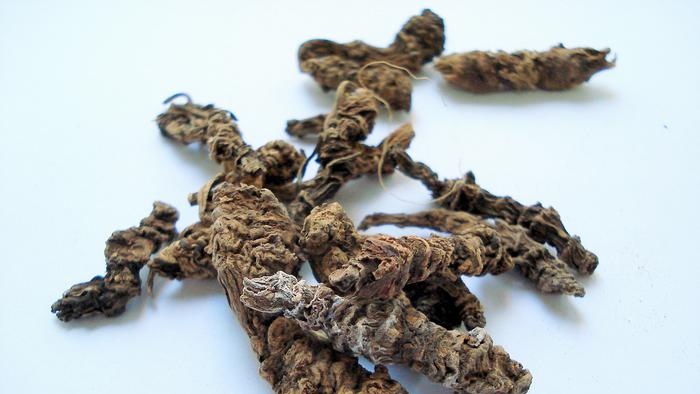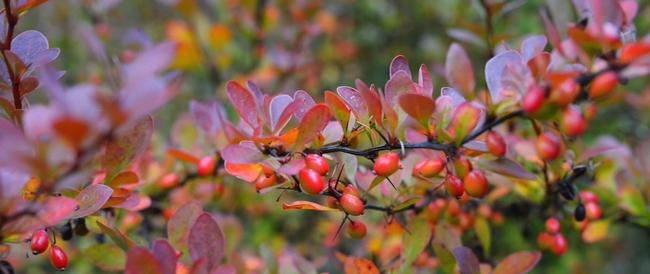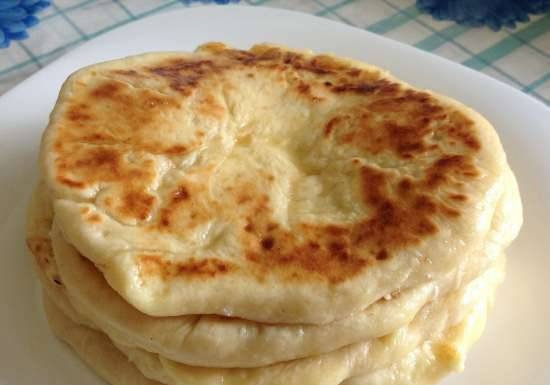Celandine |
|
The oath given to him by the boyars certainly included the following text:
Under Tsar Michael, no one had the right to collect any herbs on pain of imprisonment.
True, both then and now among the herbalists there existed and still exist beliefs that a clever medicine man will reject "from the doorway." At least the belief that nature itself indicates to a person how and what to heal. For example, it was believed that the liverwort, which has a leaf-like shape like a liver, heals her illness, and the yellow juice of celandine relieves jaundice. This has not been confirmed in any case. But to be deceived about the expected effect is not God knows what kind of trouble, if only there was no harm. The trouble is, if there is a belief about the usefulness of a plant in cases where its use brings irreparable harm. So, the idea of celandine as a good lactic agent turned out to be false and dangerous. It should be noted that the animals themselves will not eat because of the nasty smell and bitter nibbling taste of celandine in quantities harmful to their health. Another thing is when it is fed. Cases of celandine poisoning of goats and pigs have been reported.
The fact is that the alkaloids contained in the herb celandine (there are up to 2% of them in it, up to 4% in the roots), in their effect, although weaker, resemble the action of alkaloids. Alkaloids paralyze the central nervous system and heart, the endings of the sensory nerves, respiration, and stimulate the skeletal muscles and intestines. It is noteworthy that this does not prevent the use of fresh grass with salt in veterinary medicine as a laxative for tympanic sheep.
Celandine is a perennial plant of the poppy family with yellow milky juice that flows abundantly when the stems and especially roots are torn off. Stem - branched, knotty, hollow, 50-100 cm high. Leaves are soft, pinnately divided into more or less large lateral lobes and a larger terminal lobe, green above and gray below. Flowers are yellow, collected in 3-8 in simple umbrellas. The fruit is in the form of a pod up to 5 cm long. The plant blooms from spring to autumn. All parts of it are poisonous. S. G. Andreev |
| Sagebrush | Slippers (Cypripedium) |
|---|
New recipes
 In Ancient Russia, healers were still feared, although, I must say, sometimes it happened for a reason. Tsar Boris Godunov was most of all afraid of the "potion" poison.
In Ancient Russia, healers were still feared, although, I must say, sometimes it happened for a reason. Tsar Boris Godunov was most of all afraid of the "potion" poison. Tsar Alexei Mikhailovich adhered to other views. In 1650, he ordered to send peasants in search of "silver color, mint grass, angelica, and other medicinal herbs" on Bathing Night (the night before Midsummer's Day).
Tsar Alexei Mikhailovich adhered to other views. In 1650, he ordered to send peasants in search of "silver color, mint grass, angelica, and other medicinal herbs" on Bathing Night (the night before Midsummer's Day).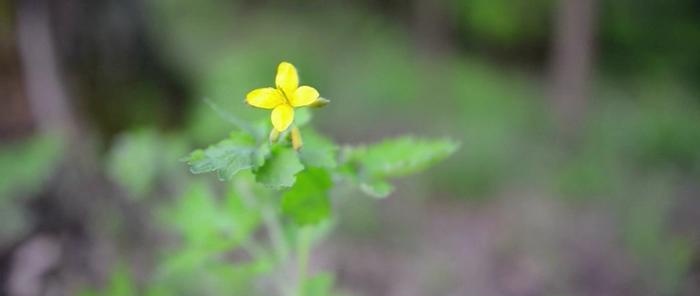 In goats, this was expressed in severe diarrhea, general weakness, and a shaky gait. Such goats had to be slaughtered. In pigs after poisoning, stunning, a state of severe weakness, increased heart rate and respiration, and convulsive muscle twitching were noted.
In goats, this was expressed in severe diarrhea, general weakness, and a shaky gait. Such goats had to be slaughtered. In pigs after poisoning, stunning, a state of severe weakness, increased heart rate and respiration, and convulsive muscle twitching were noted.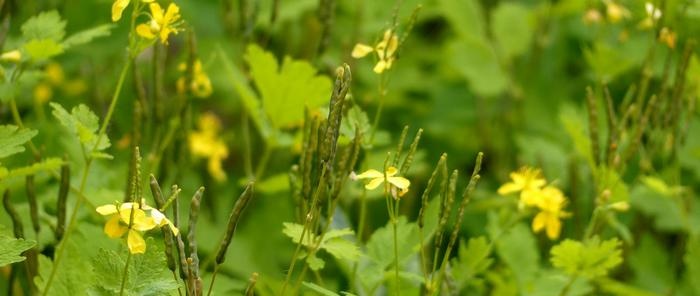 Celandine is easiest to find in weedy places, near dwellings and in forest felling. The latter circumstance explains that most often the animals of forest villages and those belonging to foresters are exposed to poisoning. After all, this plant is widespread everywhere. Only in the Far North it is not.
Celandine is easiest to find in weedy places, near dwellings and in forest felling. The latter circumstance explains that most often the animals of forest villages and those belonging to foresters are exposed to poisoning. After all, this plant is widespread everywhere. Only in the Far North it is not.
